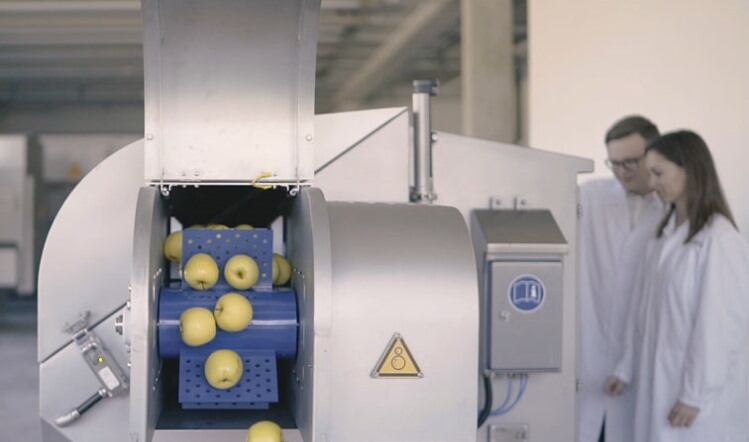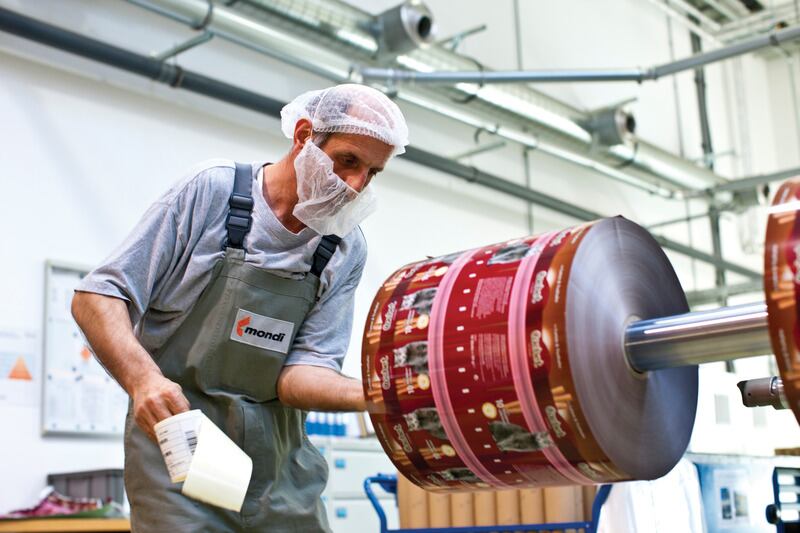For the last decade, year on year we have seen a steady growth in the plant-based food market, both in the UK and across Europe. Driven by healthy living initiatives and ‘Veganuary’, this has tended to spike in January and then drop off.
But with an increased focus on sustainability, veganism has become universally accepted and the market has grown exponentially.
With so many SMEs and start-ups in the meat analogue market, we tend to see more chilled plant-based foods than frozen – not least because the move to frozen is perceived as a potentially big investment. To date, the frozen aisles have therefore been dominated by a handful of major plant-based food manufacturers.
MAP Gases
Initially, and in line with this trend, we received a lot of enquiries from SMEs relating to the most suitable combination of MAP gases for chilled plant-based foods.
What we’re now seeing is that these enquiries are evolving – not least due to a growing interest in, and acceptance of frozen food as a way of managing seasonality, increasing shelf life, and reducing food waste. The Covid-19 pandemic has had an impact too.
What this means is there is a growing convergence of the plant-based food and frozen food markets. With Christmas and Veganuary fast approaching – and in addition to increasing demand generally – we don’t expect this trend to quieten down anytime soon. This is great news for the sector and, as a result, smaller manufacturers and processors are increasingly having to explore the opportunities to freeze these products.
The freezing considerations for plant-based foods or meat analogues are unique and, in many ways, very different to meats. There are so many different types of proteins being explored – such as plant-based shred and pea proteins. Many of these are in a dehydrated form and need to be mixed with a high water content to create the end-product.
Speed of the freeze
This can make the forming process itself challenging – many products need to be close to zero degrees to be formed. The speed of the freeze is critical too – the quicker the freeze, the smaller the ice crystals and the better the quality of the product produced. Being able to quickly achieve very low temperatures is therefore key.
For processors looking to move into this market, flexibility of infrastructure is important – can it be scaled up to meet growing demand, can very low temperatures be achieved quickly, and can they keep capital expenditure low? Cryogenic freezing with liquid nitrogen tends to be the best all round option and offers a superior quality product compared to mechanical blast freezers.
The market is evolving really quickly. Plant based food manufacturers are always looking for new forms of protein that can offer them a USP, but this increasingly means a need to freeze products that have never been considered for freezing before. We’re working with several manufacturers to explore and trial new products and alternative freezing technologies.
There’s no doubt that this is an exciting market, but I expect to see some levelling out as we understand more about meat analogues. What we can be sure of is that both plant-based foods and meat products will remain, and frozen food will certainly be a growing area of exploration for both.





